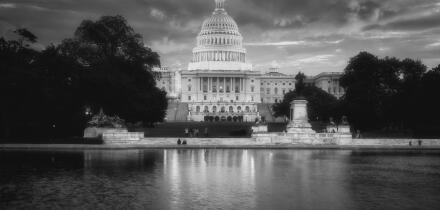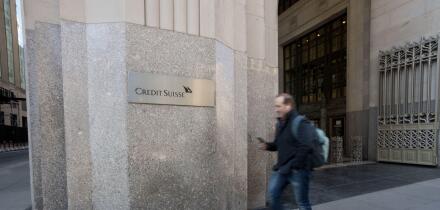Analysts and traders are anticipating a widening in the European interest-rate swaps curve, particularly in the long end, because of the deteriorating credit quality of companies in the financial sector as well as a predicted reversal of the demand from investors to receive 10-year and 30-year fixed-rate positions. "[Given] the severity of the current crisis, swaps spreads are trading at very narrow spreads," said Peter Hartmann, director and euro swaps trader at Dresdner Kleinwort Wasserstein in Frankfurt.
Investor nervousness over financial institutions and insurance companies has been confined to credit-default swaps spreads and analysts believe part of this is because the French and German treasuries have been putting pressure on the long-end. They are receiving long dated maturities to reduce the average duration of their debt, thereby causing swap spreads to tighten, analysts said. Another factor is activity from life insurers or guaranteed funds that must pay out guaranteed revenues. They have been sellers of equities and have shifted into fixed-rate interest receiving positions at the long-end of the curve, analysts explained.
Hartmann said by the end of the year the curve could see widening in the 30-year swap spread to a maximum of 20 basis points from current levels of approximately 7.5bps, in the 10-year swap to 35bps from 25bps and in the five-year swap to 28bps from 21bps. He added that the widening would be gradual as demand from investors who are receiving longer-dated swaps slowly dries up.
Patrick Jacq, fixed-income strategist at BNP Paribas in Paris, said there could be some short-term widening in the 30-year swap of five to 10bps caused by pressure on the financial sector since the swaps spread is a proxy for the credit risk of those institutions. This could be followed by a correction if the economic situation improves, however, which could result in a bear flattening of the curve, where expectations of rate hikes would cause the short end to widen. Jacq explained that a bear flattening is typically followed by generally wider swaps spreads--which he predicted could be to 25bps in the 10-year swap and 35bps in the 30-year by year-end.
Some analysts and traders, however, contend that the swaps curve should not trade at a spread to government bonds because the credit risk of the world's top banks is actually more sound than that of governments.





